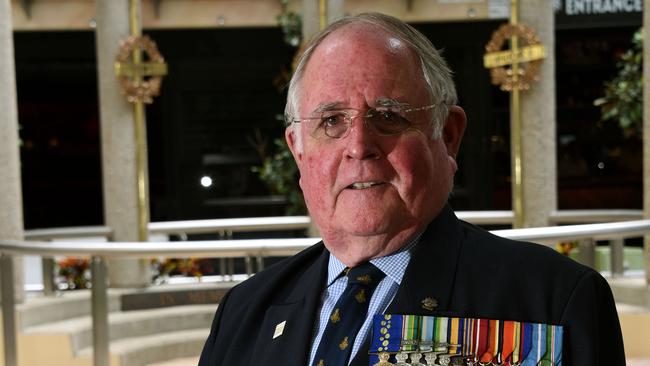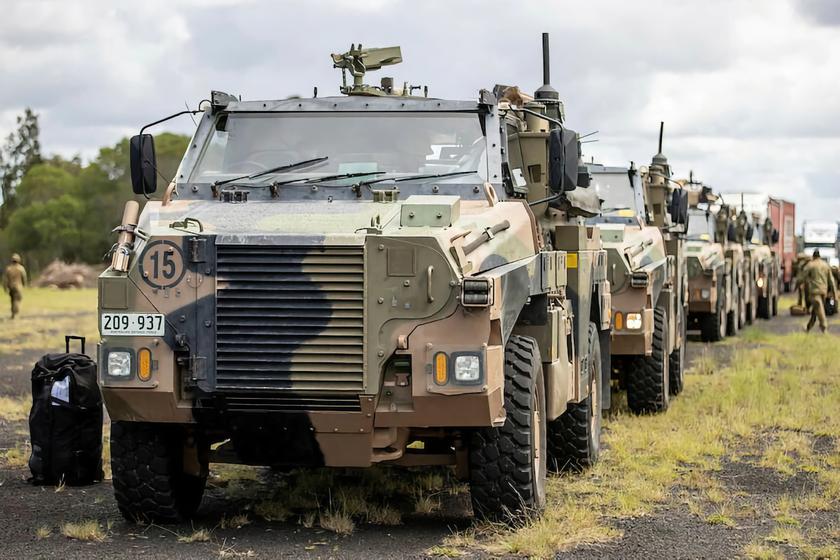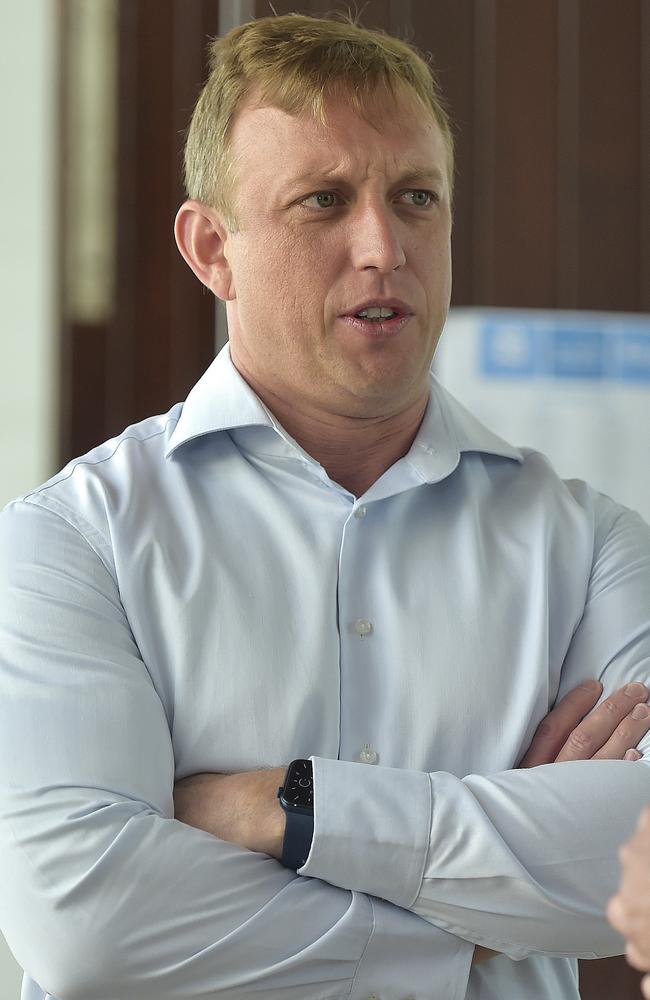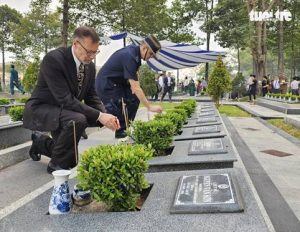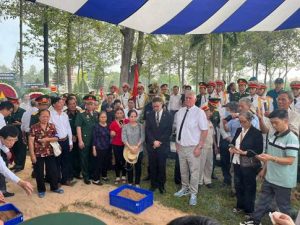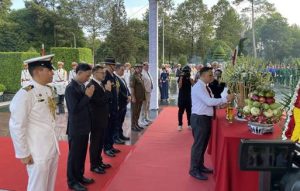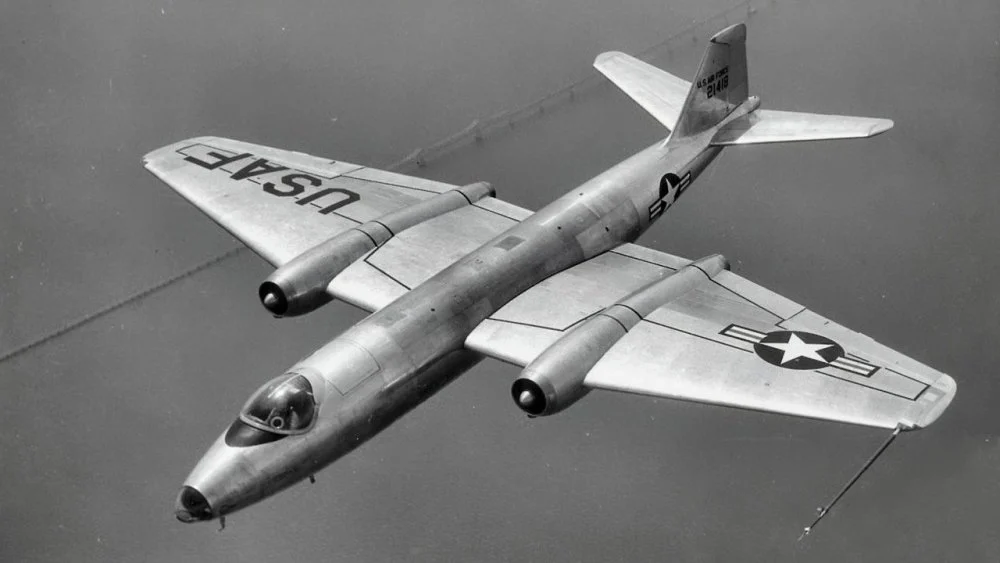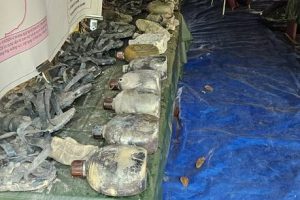The One Percenters. Your perspective on this piece may change based on your actual age……
99% of people born between 1930 and 1946 (GLOBALLY) are now deceased…
If you were born in this time span, your ages range between 77 and 93 years old (a 16-year-age span) and you are one of the rare surviving one-percenters.
You are the smallest group of children born since the early 1900s.
You are the last generation, climbing out of the depression, who can remember the winds of war and the impact of a world at war that rattled the structure of our daily lives for years.
You are the last to remember ration books for everything from tea to sugar to shoes. You saved tin foil and poured fried meat fat into cans.
You can remember milk being delivered to your house early in the morning and placed in the “milk box” at the front door. Discipline was enforced by parents and teachers.
You are the last generation who spent childhood without television and instead, you “imagined” what you heard on the radio. With no TV, you spent your childhood “playing outside”. There was no city playground for kids. The lack of television in your early years meant that you had little real understanding of what the world was like. We got “black-and-white” TV in the late 50s that had 3 stations and no remote.
Telephones (if you had one) were one to a house and hung on the wall in the kitchen (who cares about privacy). Computers were called calculators; they were hand-cranked. Typewriters were driven by pounding fingers, throwing the carriage, and changing the ribbon. INTERNET and GOOGLE were words that did not exist.
Newspapers and magazines were written for adults and your dad would give you the comic pages after he read the news. The news was broadcast on your radio in the evening. The radio network gradually expanded from 3 stations to thousands.
New highways would bring jobs and mobility. Most highways were 2 lanes and there were no Motorways. You went downtown to shop. You walked to school.
Your parents were suddenly free from the confines of the depression and the war, and they threw themselves into working hard to make a living for their families.
You weren’t neglected, but you weren’t today’s all-consuming family focus. They were glad you played by yourselves. They were busy discovering the postwar world. You entered a world of overflowing plenty and opportunity; a world where you were welcomed, enjoyed yourselves. You felt secure in your future, although the depression and poverty were deeply remembered.
Polio was still a crippler. Everyone knew someone who had it.
You are the last generation to experience an interlude when there were no threats to our country. World War 2 was over and the cold war, terrorism, global warming, and perpetual economic insecurity had yet to haunt life. Only your generation can remember a time after WW2 when our world was secure and full of bright promise and plenty. You grew up at the best possible time, a time when the world was getting better.
More than 99% of you are retired now, and you should feel privileged to have “lived in the best of times!” If you have already reached the age of 77-years-old, you have outlived 99% of all the other people on this planet. You are a 1% ‘er!

